Species Photo Gallery for Macropsidius trimaculatus No Common Name |
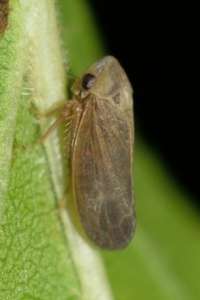 | Photo by: Scott Bolick
Guilford Co.
Comment: | 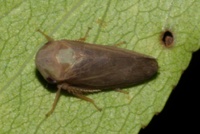 | Photo by: Scott Bolick
Guilford Co.
Comment: Macropsidius trimaculatus - unid_leafhopper |
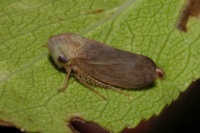 | Photo by: Scott Bolick
Guilford Co.
Comment: Macropsidius trimaculatus - unid_leafhopper | 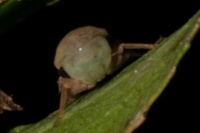 | Photo by: Scott Bolick
Guilford Co.
Comment: Macropsidius trimaculatus - unid_leafhopper |
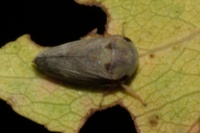 | Photo by: Scott Bolick
Guilford Co.
Comment: Macropsidius trimaculatus - unid_leafhopper | 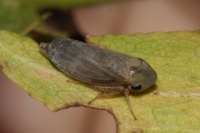 | Photo by: Scott Bolick
Guilford Co.
Comment: Macropsidius trimaculatus - unid_leafhopper |
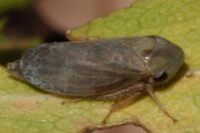 | Photo by: Scott Bolick
Guilford Co.
Comment: | 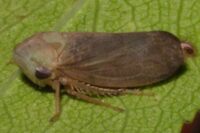 | Photo by: Scott Bolick
Guilford Co.
Comment: |
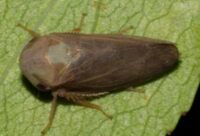 | Photo by: Scott Bolick
Guilford Co.
Comment: | 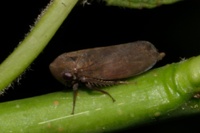 | Photo by: Scott Bolick
Guilford Co.
Comment: Macropsidius trimaculatus - unid_leafhopper |
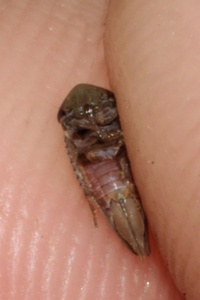 | Photo by: Scott Bolick
Guilford Co.
Comment: Macropsidius trimaculatus - unid_leafhopper | 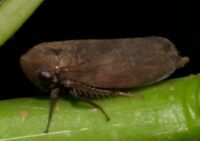 | Photo by: Scott Bolick
Guilford Co.
Comment: |
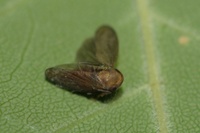 | Photo by: Scott Bolick
Randolph Co.
Comment: Dead - Macropsidius trimaculatus - unid_planthopper |  | Photo by: Scott Bolick
Randolph Co.
Comment: Dead - Macropsidius trimaculatus - unid_planthopper |
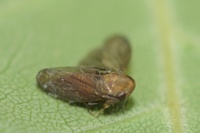 | Photo by: Scott Bolick
Randolph Co.
Comment: Dead - Macropsidius trimaculatus - unid_planthopper |

 »
»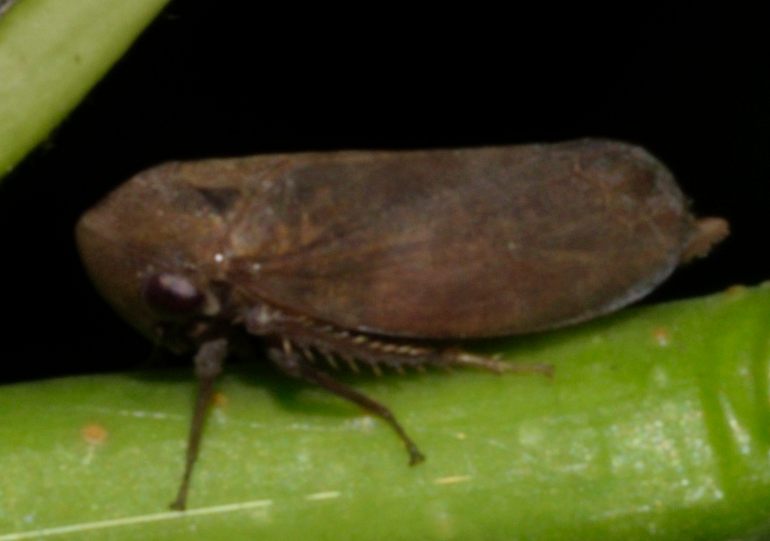
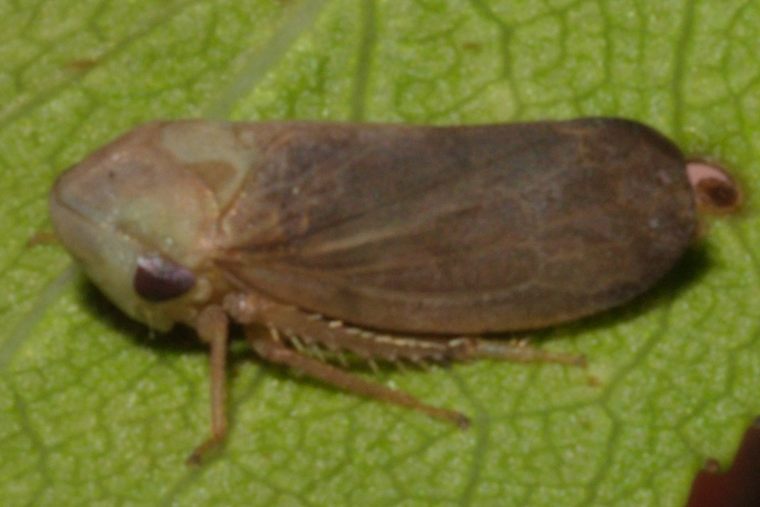
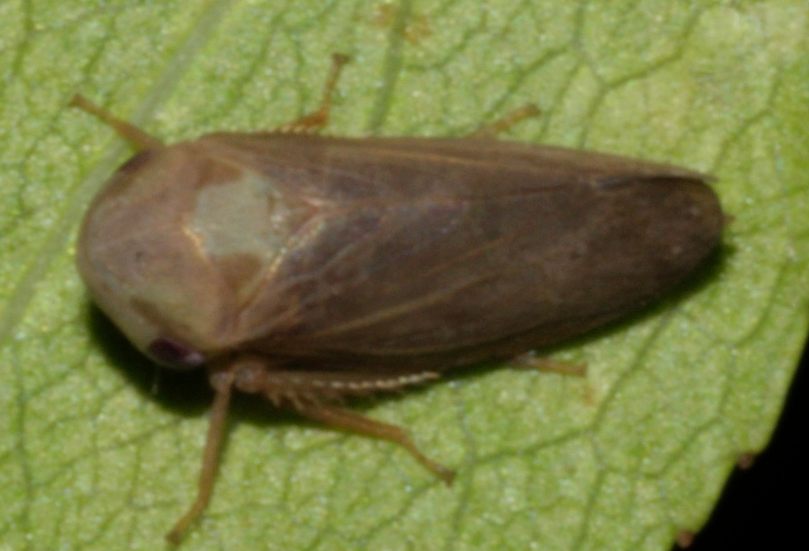
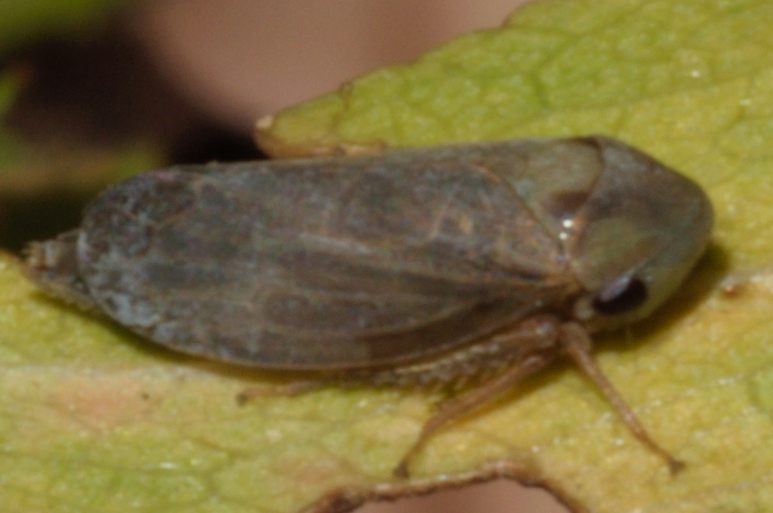

 »
»


